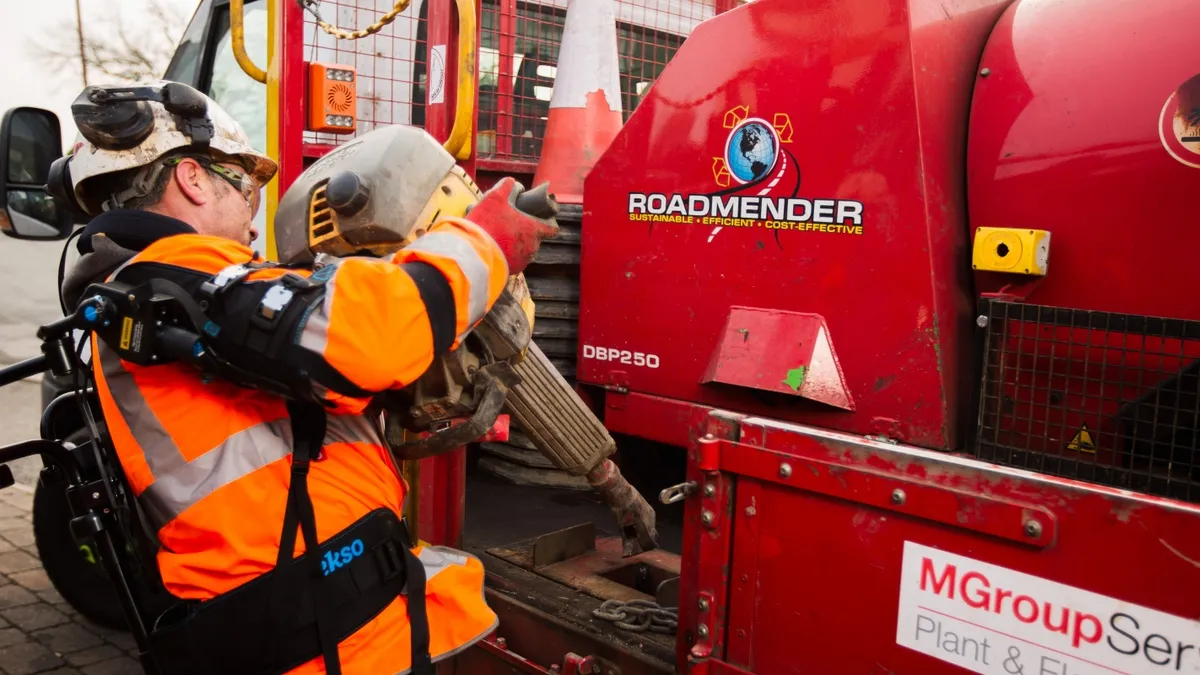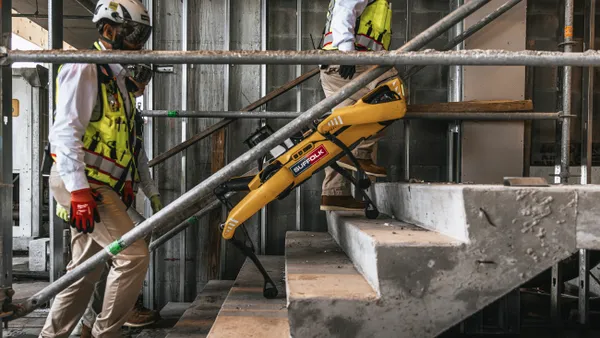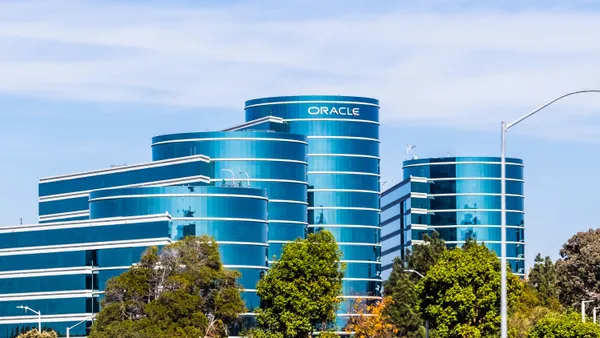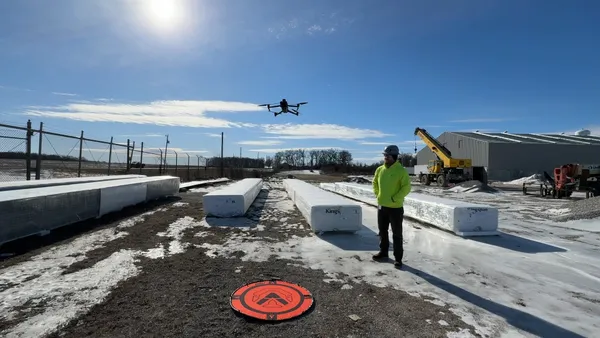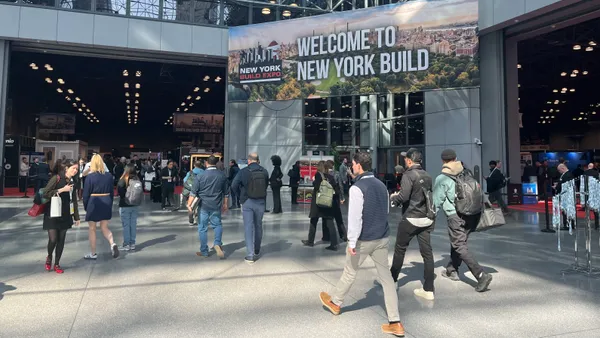Dive Brief:
- U.K.-based contractor Morrison Utility Services is piloting exoskeletons as part of a program exploring the health, safety, well-being and productivity benefits of the wearable technology, according to a press release.
- The EksoVest, which is produced by U.S. firm Ekso Bionics, is a spring-loaded exoskeleton that helps elevate and support workers' arms as they handle or lift objects at chest level and higher.
- The upper-body vests assisted workers when moving objects in storage areas, clearing sites and preparing equipment for backfilling operations, Morrison said.
Dive Insight:
With skilled labor at a premium in the U.K. as well as in the U.S., it's all the more important that construction employers look for ways to maximize workers' effectiveness. As opposed to piling on overtime hours, companies can turn to various forms of jobsite automation that multiply workers' productivity while minimizing negative impacts to their health or the schedule, for example.
Benefits of the EksoSkeleton for Morrison workers have included "reduced tiredness, a reduction in strain-related injuries and the ability for our people to work for longer periods without any detriment to their wellbeing," Morrison Executive Director John Edwards said in a statement. By taking on some of the load, workers access "otherwise lost opportunities," he said, to make more progress during the course of their work day.
Richmond, California-based Ekso Bionics develops exoskeletons to enhance the strength, mobility and endurance of soldiers and paraplegics, and has applied the same philosophy of "amplifying human potential" to solutions for the construction industry. In addition to the EksoVest, it produces EksoZeroG, which mounts to an aerial work platform or scaffold to take on the weight of heavy tools.
In a similar vein, Victor, New York-based Construction Robotics, which produces the bricklaying SAM100 robot, also designed a lift-assist device called MULE, or Material Unit Lift Enhancer. The portable machine makes objects up to 135 pounds feel weightless, according to the company, while allowing workers to tactfully place and handle blocks without strain.
Such technologies not only minimize a worker's risk of injury and improve jobsite safety, but they also reduce the cost associated with wage and productivity losses, medical expenses and more when an incident takes place. The National Safety Council estimated that the total economic cost of preventable injuries was $161 billion in 2017.


